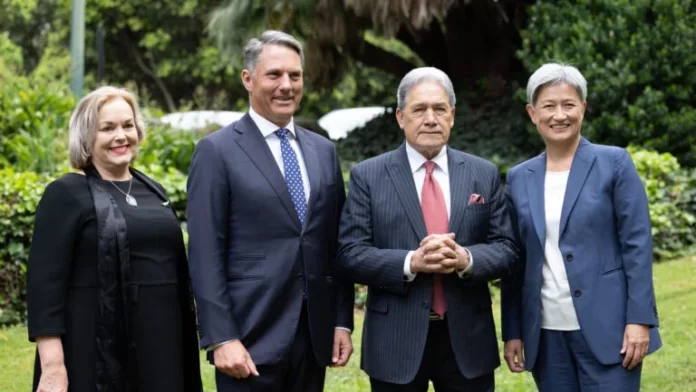By Joanne Wallis and Anna Powles*
Australia and New Zealand engage in wide-ranging daily cooperation, butseldom refer to the alliance between them. Has the alliance become irrelevant? Or is it so taken-for-granted, and the habits of cooperation so entrenched, that it is seen as unnecessary to emphasise it? (The Australian Institute of International Affairs.)


